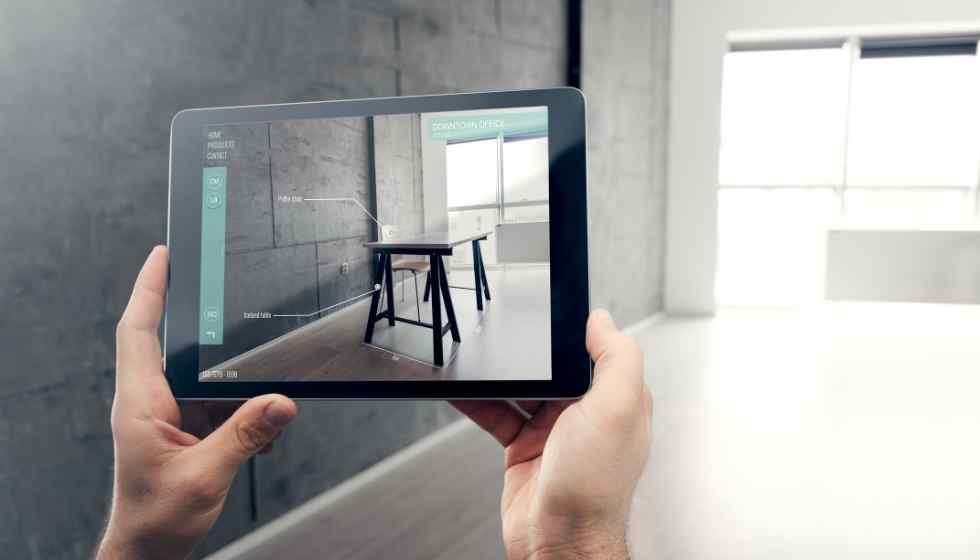The study of market trends carried out by IPM, a Ricoh Company, in January 2023 has analyzed how companies consider the adoption of the Cloud in their digitization. The conclusions show that 75% of companies have a multicloud service model and that 7 out of 10 combine the public Cloud with traditional on-prem infrastructure or private Cloud.
The technological transformation of companies is linked to adopting the Cloud as the primary environment for modernization, growth and cyber protection.
The adoption of cloud-based services to manage IT infrastructures continues to increase, and, in fact, according to the IPM study, the public Cloud is already the space where the most significant innovation is generated, even hosting 100% digital native businesses.
The preferred deployment model is hybrid.
From the Penteo survey, IPM has had the vision of companies from various sectors, especially industry and manufacturing, B2B services, consumption and transport and logistics.
The data collected indicates that 71% of companies claim to have a hybrid cloud model – combining their traditional IT with the public Cloud – followed by 11% who prefer to be in the public Cloud managed by various providers. Thus, only 6% admit to not having a presence in the Cloud.
With hybrid Cloud, enterprises gain the benefits of public Cloud, such as scalability, business continuity, external collaboration, and access to innovative technologies while retaining private use for applications that must remain on-premises.
A perfect mix for a high percentage of organizations since the data and operations of all departments sometimes have different needs.
On the other hand, analyzing the percentage of use of the public Cloud, IPM establishes that 26% of the companies use more than half of the public Cloud to run applications and systems, gaining flexibility, security and scalability, as well as ease of use.
Introduce cutting-edge advances (AI, Machine Learning, etc.). Regarding data storage, 32% of companies use only 10% of the public Cloud for data storage, followed by 30% that use more than half.
Cloud for workload management
There are three service models to manage workloads in the Cloud: IaaS (Infrastructure as a Service), PaaS (Platform as a Service) and SaaS (Software as a Service), to host, build and consume, respectively.
64% of companies have data storage and backup provisioned in IaaS, 62% on the application or web servers, 59% on memory servers, and 40% on disaster recovery. And it is that this modality is the best option to “simplify operations and security in a first step towards the Cloud”, explains Raúl Coria.
On the other hand, “the use of PaaS services becomes relevant when you want to develop and deploy apps in the cloud, optimized for the cloud and managed in the cloud”. Thus, 40% of companies have analytical platforms and databases in PaaS, 16% have IoT platforms, and 15% have Machine Learning.
Finally, the SaaS “stands out for the ease of adoption and the simplicity of the deployment, which contributes to reducing costs. For example, replacing existing apps with more modern and scalable cloud native ones”. For this reason, 88% have collaboration and office suites, and 56% use them for eCommerce, ERP or CRM solutions.
Challenges of migrating to the Cloud
The migration of workloads and the deployment of systems in the Cloud pose several challenges for companies that are committed to innovating and growing in this area:
- Evaluation of costs and advantages (on-premise vs Cloud) to establish budgets, resources, timing and the technical feasibility of the project
- Understand the degree of cybersecurity that the Cloud provides and where the data, backups and applications will reside.
- Follow-up, which involves hiring integrators and investing in talent and training.




